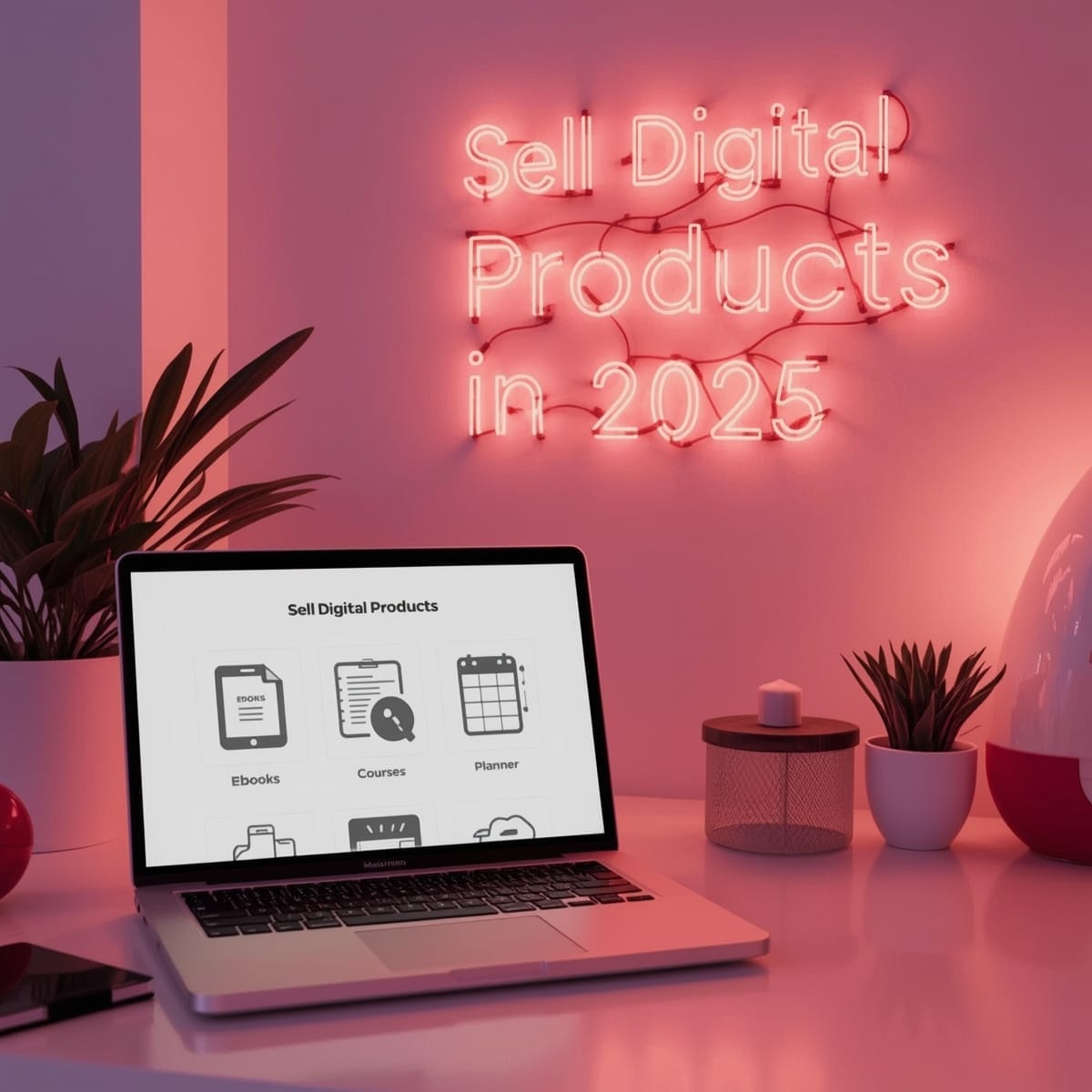FREE EBOOK - CLICK HERE
How to Craft an Email Newsletter That Gets Marketing Results
Understanding Your Audience
In the realm of email marketing, understanding your audience is paramount to the success of your newsletter. By identifying and segmenting your target audience, you lay the groundwork for effectively tailored content that resonates with readers. Effective audience segmentation can be accomplished through detailed analysis of demographics, such as age, gender, location, and income level. This information allows marketers to develop a clearer picture of their audience, enabling them to craft newsletters that speak directly to these characteristics.
Behavior analysis further enhances segmentation efforts. By examining how subscribers interact with previous emails and tracking their online behavior, you can gain insights into their interests and preferences. Metrics such as open rates, click-through rates, and engagement levels should be scrutinized to fine-tune content and delivery strategies. This data-driven approach not only helps in understanding what captivates your audience but also in predicting their future preferences.
Creating customer personas is a crucial step in this audience comprehension process. These personas serve as archetypal representations of your typical audience members, encapsulating their needs, challenges, and preferences. By developing these profiles, marketers can tailor their email newsletter content, making it more relevant and appealing to the audience segments identified. Additionally, incorporating mechanisms such as surveys or direct feedback channels can provide valuable insights directly from subscribers. Asking for input regarding content preferences or newsletter frequency will help ensure that the communication aligns with audience expectations and needs.
Ultimately, a deep understanding of your audience enables you to craft targeted emails that not only capture attention but also drive meaningful engagement and, ultimately, achieve your marketing objectives.
Content Creation Strategies
Creating an email newsletter that effectively engages its audience requires careful consideration of various content strategies. The first step is to identify the types of content that resonate well with readers. Informative articles and product updates are essential components that increase the perceived value of the newsletter. Such content provides subscribers with useful insights while positioning the brand as a credible source of information. Additionally, promotional offers can be strategically integrated to drive conversions without overwhelming the reader with excessive sales pitches.
A crucial element of content creation for email newsletters is finding the right balance between informative and promotional material. While promotional content can entice purchases, too much promotion may lead to subscriber disengagement. It is beneficial to adopt storytelling techniques that enhance narrative appeal, fostering emotional connections with the audience. By weaving stories around products or services, marketers can illustrate how these offerings fit into customers' lives, thereby increasing relatability and interest.
The visual aspect of the newsletter should not be overlooked, as it plays a significant role in content engagement. The use of images, infographics, and videos can enhance understanding and retention of the information presented. Furthermore, consider the strategic placement of visuals alongside written content to maintain a cohesive flow. This not only beautifies the newsletter but also highlights key messaging points effectively.
Another integral aspect to keep in mind is the importance of a compelling subject line. A well-crafted subject line significantly influences open rates and sets the tone for the entire content experience. It is essential to ensure that your subject line is intriguing yet informative, accurately reflecting the newsletter's content.
Finally, maintaining consistency in tone and style throughout the newsletter builds brand identity and fosters subscriber loyalty. A coherent voice enhances recognition and provides a seamless reading experience, ultimately elevating the overall effectiveness of your email marketing strategy.
Design and Layout Best Practices
Creating an effective email newsletter requires careful consideration of its design and layout. The primary objective is to ensure that the newsletter is visually appealing and functional, which will ultimately lead to improved engagement and conversions. One of the most critical elements is responsive design. With an increasing number of users reading emails on mobile devices, it is vital that your newsletter adapts seamlessly to various screen sizes. A responsive layout ensures that your content remains legible and visually appealing, enhancing the user experience.
Another fundamental aspect of email newsletter design is incorporating eye-catching headers. These headers not only capture attention but also set the tone for the content. Utilizing bold typography and contrasting colors can help highlight these elements effectively. Additionally, consider employing a coherent color scheme that aligns with your brand identity. A well-chosen palette can evoke emotions and influence reader behavior, which is essential for driving conversions.
The organization of content is equally important. A functional layout that facilitates easy navigation is crucial for keeping readers engaged. Utilizing a clear hierarchy through headings and subheadings helps readers scan the newsletter quickly to find the information they seek. Furthermore, strategically placing call-to-action (CTA) buttons is paramount; they should be easily accessible and visually distinct, guiding readers towards desired actions.
Lastly, testing different designs through A/B testing is a crucial practice to identify what resonates best with your audience. This process allows marketers to experiment with various elements, such as layouts, colors, and CTA placements, ultimately optimizing their email newsletters for improved performance. By adopting these design and layout best practices, you can craft an email newsletter that not only captures attention but also drives tangible marketing results.
Measuring Success and Adjusting Strategies
In any email marketing campaign, measuring success is a crucial aspect to ensure the effectiveness of your email newsletters. By tracking key metrics such as open rates, click-through rates (CTR), and conversion rates, marketers can gain valuable insights into their campaign performance. Open rates indicate how many recipients opened the email, providing an initial gauge of the subject line's effectiveness and the relevance of content to subscribers. Similarly, the CTR reveals how many recipients engaged with the email's content, offering a clear picture of which elements resonate with the audience.
Conversion rates, on the other hand, reflect the ultimate goal of the email—turning subscribers into customers or encouraging them to take a specific action, such as filling out a form or making a purchase. These metrics collectively offer a comprehensive view of the effectiveness of your email newsletter and can guide future strategies. Utilizing analytics tools, marketers can efficiently gather and analyze this data. Popular tools like Google Analytics integrated with email platforms provide real-time insights that help delineate which strategies are working and which require adjustment.
Interpreting these metrics is essential, as understanding the data can highlight patterns and trends within subscriber behavior. For example, if open rates drop, it may signal a need to revise the subject line or segment the audience better. Moreover, consistent iteration based on performance insights can foster continuous improvement. Regularly reviewing subscriber feedback can also help identify areas for enhancement. Incorporating A/B testing of different email designs, content, or send times can experiment with various strategies to identify what yields the best results. By employing these techniques, marketers can refine their email approach, ultimately driving better performance and achieving desired marketing goals.
Let us know what you think in the comments!
YOU MIGHT ALSO LIKE
Create Digital Product





